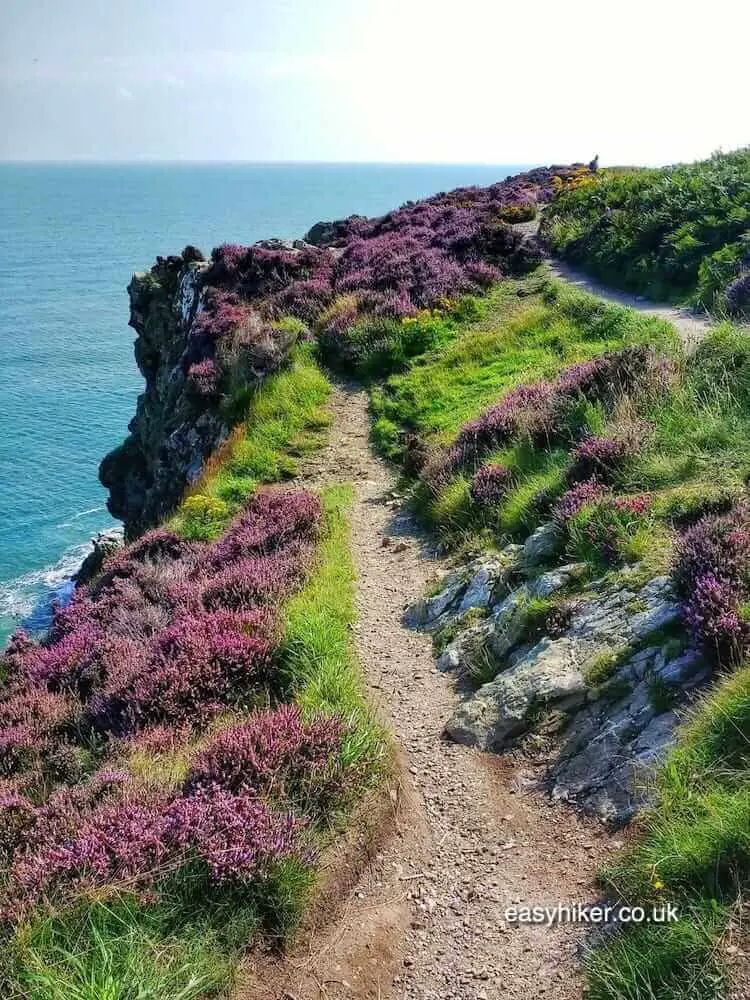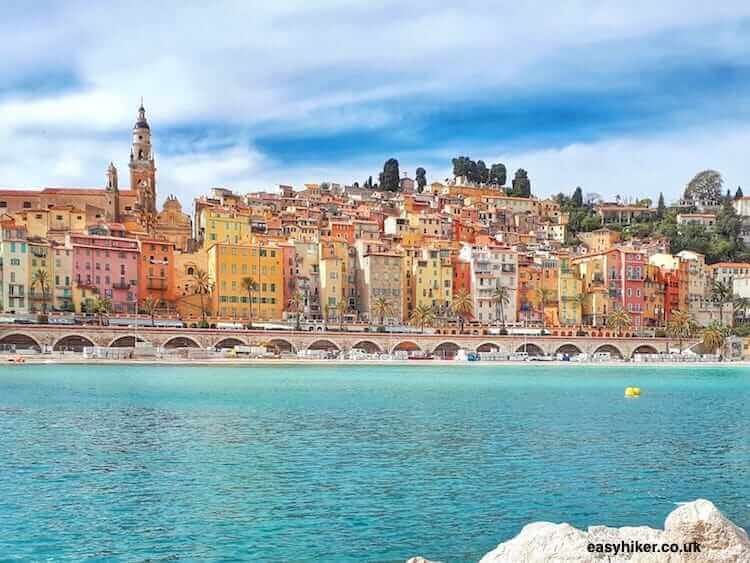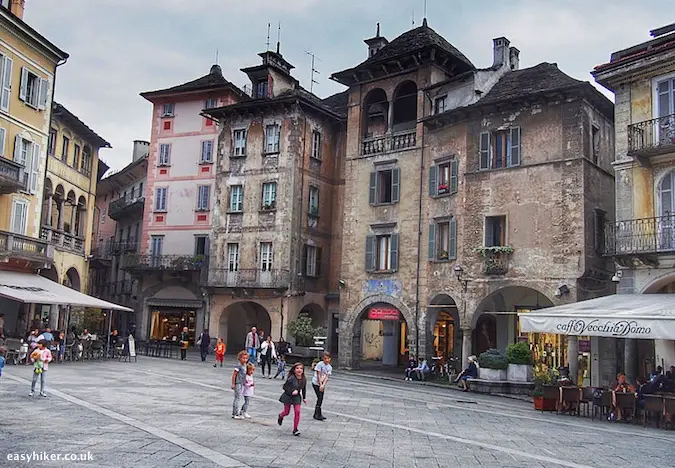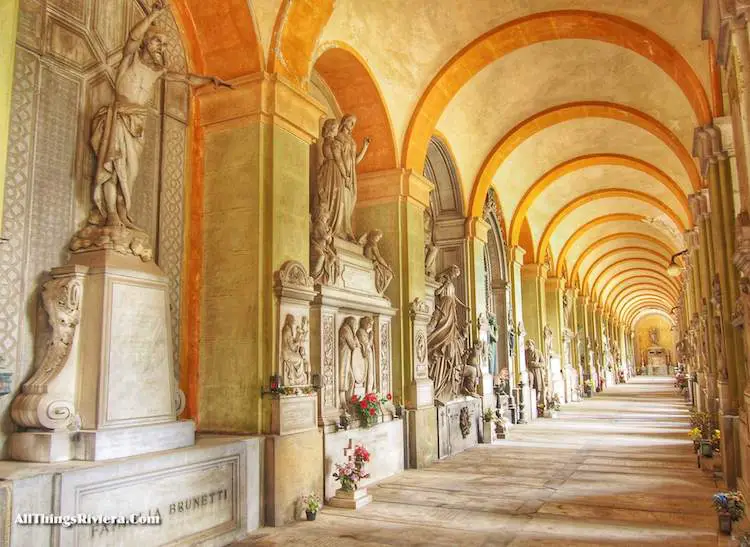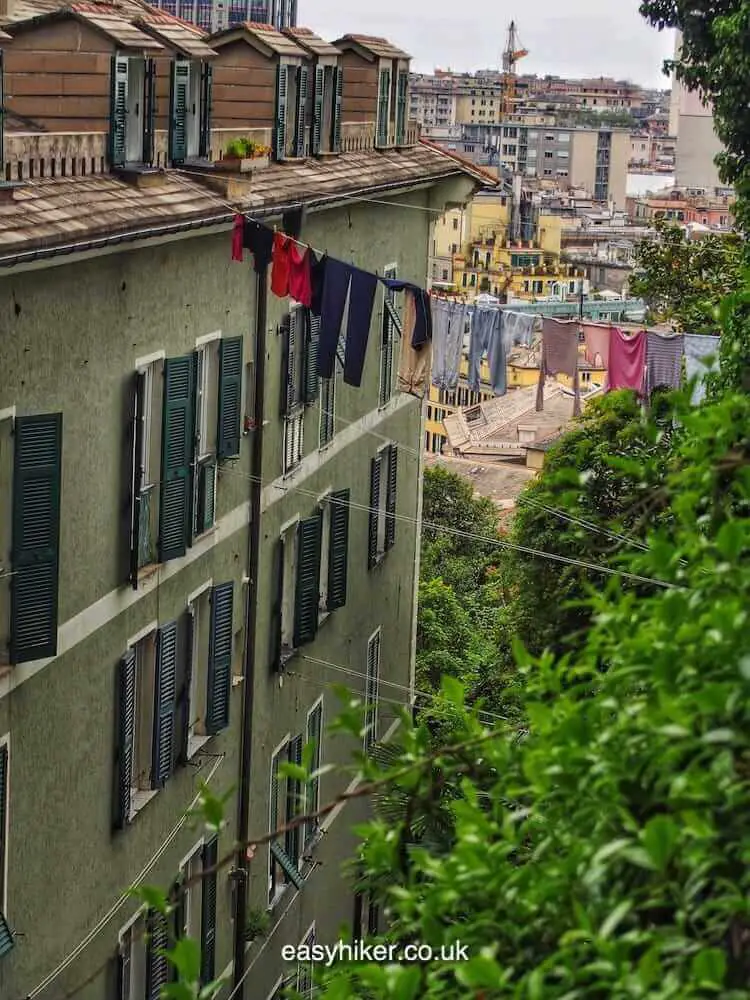Over the past 20 years or so, Dublin has become one of the most visited cities in Europe, surpassing Florence and rivaling Venice. Even more remarkably, it has done so without the obvious attractions of either of these artistic treasure troves or those of a global metropolis.
And we have not even mentioned the climate yet. (What do they call a day without rain in Ireland? A drought.)
So what is it that has put Dublin so firmly on the international tourism map? For one, Dublin pulls off that rare feat of combining charm with a touch of bleakness, mixing grey Imperial-style buildings under a grey sky …

… with the rich palette of a colourful nightlife.

On top of that, Dublin has the vibes of a big city although it is in fact relatively small in size, covering less than one tenth of Greater London’s surface area.
This has the pleasant side-effect of making the scenic city easily walkable. If you are looking for a themed walk, you have the option of a tour with links to the unique history of Ireland, a European country that was as brutally exploited by a foreign power as any African or Asian colony.
Irish resistance against the British culminated in the Easter Rising of 1916, one of the most quixotic episodes in European history, when armed revolutionaries “stormed” and then occupied the Central Post Office which still stands a few blocks north of the O’Connell Bridge.

Three Scenic City Walks in Dublin
Today, however, we shall concentrate on the scenic views of Ireland’s capital, although in Dublin, as we shall see, you are never further than a few feet away from the mementos of a traumatic historical past.
We recommend three short city walks in Dublin city centre that you can fit individually into your travel schedule or combine for a full day-out.
Trinity College
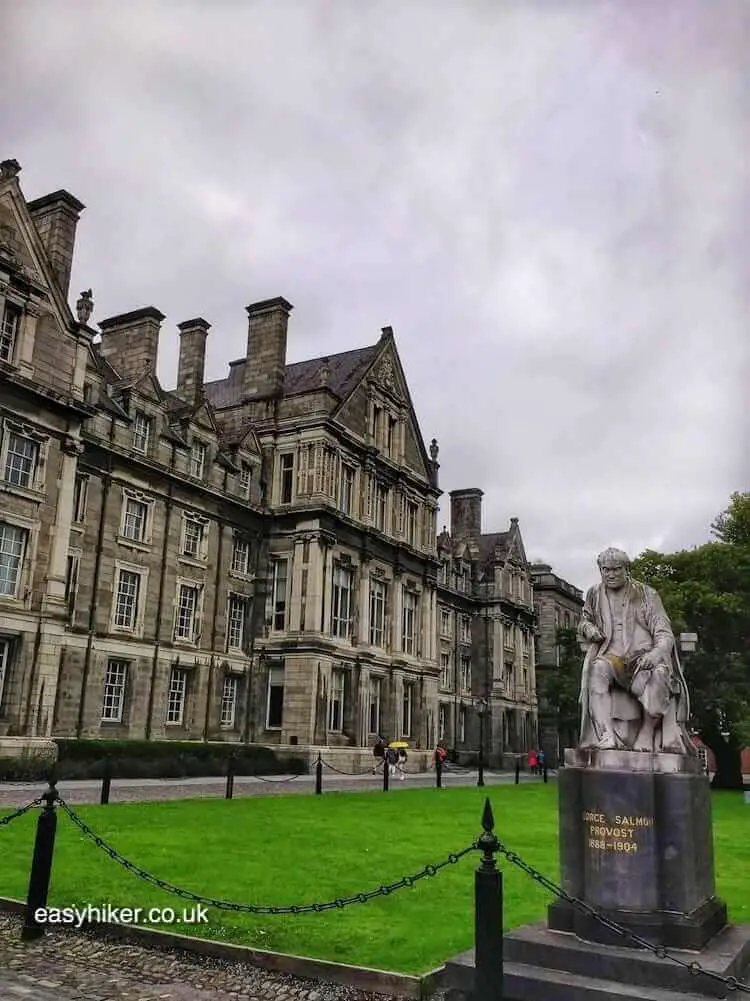
Trinity College has been Ireland’s premier university ever since it was established in 1592 by Queen Elizabeth I. Irish pride in such an ancient and prestigious institution of higher learning is, however, mixed with resentment since the college served for hundreds of years as a school where the members of the Protestant minority learned how to dominate the island’s cultural life.
Most Irish artists who gained fame beyond the Emerald Isle – writers such as GB Shaw, Oscar Wilde, Samuel Beckett, and WB Yeats – came from an Anglo-Protestant background and attended Trinity. (The major exception is James Joyce who was taught at the University College of Dublin, the Catholic elite academy.)
As late as 1943, the Archbishop of Dublin obliged Catholics who wanted to attend Trinity College to procure a special dispensation. It was only in 1970 that this ban was lifted, and in the decades since, Trinity has become fully integrated.

On most days, Trinity’s frontcourt around the Campanile is packed with visitors, but once you peek behind the main administration offices and the students’ dormitories that are lining the square, you will find vast – and comparably empty – gardens and park-like surroundings that invite you for a quiet stroll.
The buildings are often mixing the old and the new in interesting ways …

… and many quiet corners offer you opportunities for rest and contemplation.

Liffey
The river Liffey flows through the city in an almost straight line, dividing the posh and urbane south from the often quite rugged north. The walk along the banks of the river also consists of two unequal halves: west of the central O’Connell Bridge, it provides bucolic views …

… and is full of historic landmarks such as the iconic Ha’penny Bridge from 1816. This may be familiar to all students of the novel Ulysses, for one, because it features in “The Wandering Rocks” episode (McCoy and Lenehan cross the “metal bridge”), but mainly because it graces the cover of so many editions of this modern classic.

A little further, you will find a contemporary bridge that has been named after Ulysses’s author …

… probably, one assumes, because this James Joyce Bridge (designed by Santiago Calatrava) stands opposite a house (15 Usher’s Island) that provides the setting for “The Dead”, the last, longest and most famous chapter in The Dubliners, a collection of Joyce’s early short stories.
East of the O’Connell Bridge, meanwhile, the past makes way for the future: the city’s old docklands have in recent years been converted into a boldly modernist centre for business and the arts.
Examples of 21st century landmark architecture include the National Convention Centre and the Samuel Beckett Bridge (also designed by Calatrava).

But wherever you go in Dublin, the often tragic history of its people is never far away: on the northern bank of the Liffey, you will be walking in the footsteps of the starving country folk who came here during the Great Famine of 1845-1852 in the hope of finding a ship that would take them to a new life in North America.
This is the last stretch of the National Famine Way, a 165 km long trail that is designed as a memorial to the suffering of the Irish people.
A few steps away from the place where the famous Jeannie Johnson famine ship is moored, the end of the trail is marked by the harrowing Famine Memorial.

Dublin Gardens
Having explored Trinity College, the banks of the Liffey and some of the most moving chapters of Irish history, you may very well be looking for a quiet corner in town where you can rest a little from these city walks in Dublin and let it all sink in.
One option for this is St Stephen’s Green, the city’s largest and most popular public garden. It is certainly pretty, but does not offer much that you could not find in any other, well-maintained park in a major city.
This is why we suggest Dublin Gardens which has pretty spots, too, …

… and offers, a bonus, more echoes of Ireland’s troubled past. The gardens are laid out in the back of Dublin Castle (built in 1228) which served as the seat of the British administration until Ireland became independent in 1922.

On top of that, there are the traces of an even older history. The site of the Dublin Gardens marks the very spot where the city was born: it was here where, hundreds of years ago, you would have found the Dubh Linn, a “dark pool of water” that was formed by the confluence of the rivers Poddle (now largely subterranean) and Liffey.
The first settlement in the area – a Gaelic monastery – was built next to this tidal pool sometime in or before the 9th century.

Next week, we will venture a little further out: beyond the city gates of scenic Dublin where the “real Ireland” begins. See you then!
